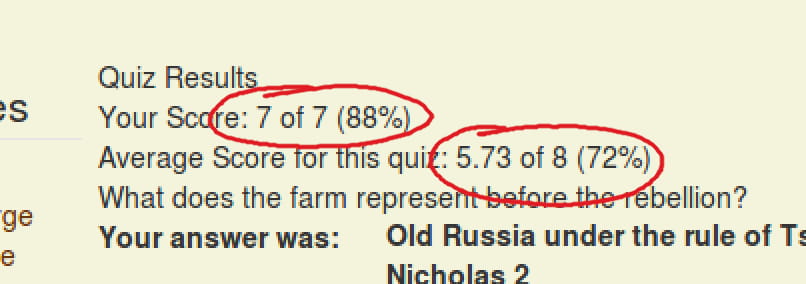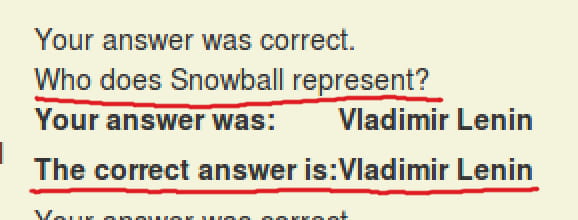Brier Flier
Fun fact: when I 1st recorded this, this level’s name was spelled “Brier Flyer” ’cause I thought “flier” was 1 o’ those weird words that goes gainst the rules o’ English spelling just to mire me & for some reason didn’t look it up. I just found this out as I started typing this & saw my spellcheck yell @ me, just as how it yells @ me that “’nough” isn’t a true word, which is ridiculous. However, due to the way I recorded this video — I didn’t want to have to keep going through the motions @ the beginning, including waiting for long ’nough for viewers to be able to read the goal text, every attempt I made @ this level, so I just spliced 2 separate recordings together during the pause on the goal message screen, when everything’s silent — I was able to fix it in post.
I chose to just show this level off in 1 playthrough, getting just the gem score & the diamond, since the automoving nature o’ this level makes the time score as easy as beating the level normally. It is possible to take too long, since the angles you turn in can make you go faster or slower.
But don’t let the shortness o’ this video imply that it didn’t take me hundreds o’ tries before I could get that gem score. When I set the gem score, I expected it to be lenient, only to find, to my surprise, that the few times I did make it to the end without dying I’d be off by a few gems ( 1 time I was just 100 ₧ off ). This is entirely due to me being a shitty player, though: this level’s gimmick is so simple & fundamental that I don’t feel like there’s any unfairness; it’s just a case o’ are you good ’nough to time your turning or not.
Like “Petrol Pond Place”, I mired o’er this level for mo’ than a year. My original idea was that you’d control an owl; but I couldn’t think o’ anything to do with that that wasn’t a pointless ripoff o’ Donkey Kong Country 2. I then experimented with a normal level with enemies that chase & push you into bramble walls while having bouncy heads for reaching high places. However, for some reason, I was insistent on having this Kafka reference for the goal message, & didn’t find this gimmick much mo’ interesting. Then the idea struck to have a paper plane weaving through thin bramble passages like that minigame in WarioWare, inc., Mega Microgame$!, ’cept with simpler, mo’ straightforward controls ( the WarioWare minigame had mo’ realistic gravity physics that caused you to move mo’ quickly when pointing downward & had slippery turning; in this level, you always go forward the same speed & turning has a static acceleration rate ) & it all fit perfectly. & despite all my frustrating failures @ completing my own level, I still find this level fun.
I e’en like the diamond placement for once. After finding every attempt @ adding a secret branching path to a diamond too trite, I was surprised I’d ne’er tried the obvious trick before: having the level just straight-up continue past the keycane. This works particularly well for this level, since the keycane is in a tight passageway with harder-than-normal controls. I also liked being able to make the spaces within the bramble walls secretly a passage you will ’ventually move through later on. I didn’t like the idea o’ making the player turn back round & go back after getting the diamond or adding a circle back to the keycane ( which would either be too easy & would entice players to just go that path to the diamond or would require double the level design ), so I just added ’nother keycane right after the diamond. It’s not as if there’s any law gainst having multiple keycanes in a level.
Speaking o’ the bramble walls, I hope you like the look o’ all those extra bramble stalks ’hind the walls, ’cause they were tedious to tile together. E’en after all the times I’ve talked ’bout how it’s usually the case, you’d be surprised @ how much less time I spend coming up with the actual gameplay layout o’ the level compared to the time I spend on the aesthetics. & keep in mind, this game isn’t exactly gorgeous — there’s a reason a basic run & shoot action game like Cuphead took mo’ than 7 years to make, & it wasn’t the programming.
If I have any qualms ’bout this level, it’s that the Pufferbees don’t have as much a role as I feel like they should — just a small section where you weave through them. Part o’ me feels like I should’ve had moving Pufferbees to make them different from just functionally a different graphic from the walls, as I experimented earlier in the level; but I feel making the player dodge moving bees with li’l reaction time may be too unfair. Gameplaywise, how it is is best, with the focus being on dodging the brambles, & bee-dodging just a short refresher in the middle; it’s only thematically that I feel the bees should be mo’ present.
I have ’nother level I’m close to completing & I’ve also been ruminating o’er for a while, so hopefully there should be ’nother update soon.








